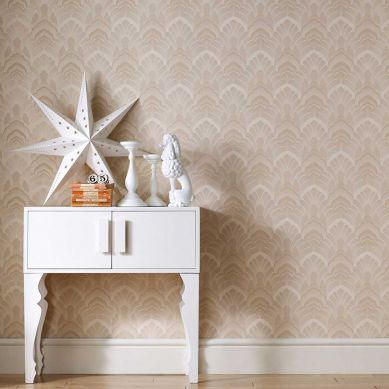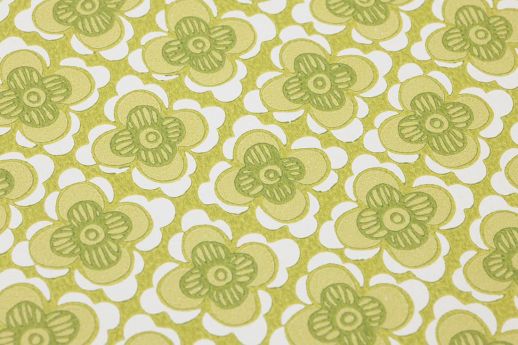One wouldn't necessarily call it fresh, modern or even timeless. Instead, the words "traditional" and "conventional" might spring to mind. The wallpaper design of the time often featured abstract flower or plant elements in muted hues like ochre, beige, brown and green, or matching shades with varying degrees of contrast as well as colour gradients and unusual geometric patterns. Nothing too daring...
Wallpapers of the GDR (German Democratic Republic / East Germany) - somehow, they matched each other, the system and the décor. In hindsight, weren't they perhaps an outward demonstration of what the state stood for? No experiments, just a limited amount of alternatives which ultimately always represented the same concept: variations of just one idea. In terms of wall decorations, choice was rather restricted, but people made do with what was available. After all, there were no other options.
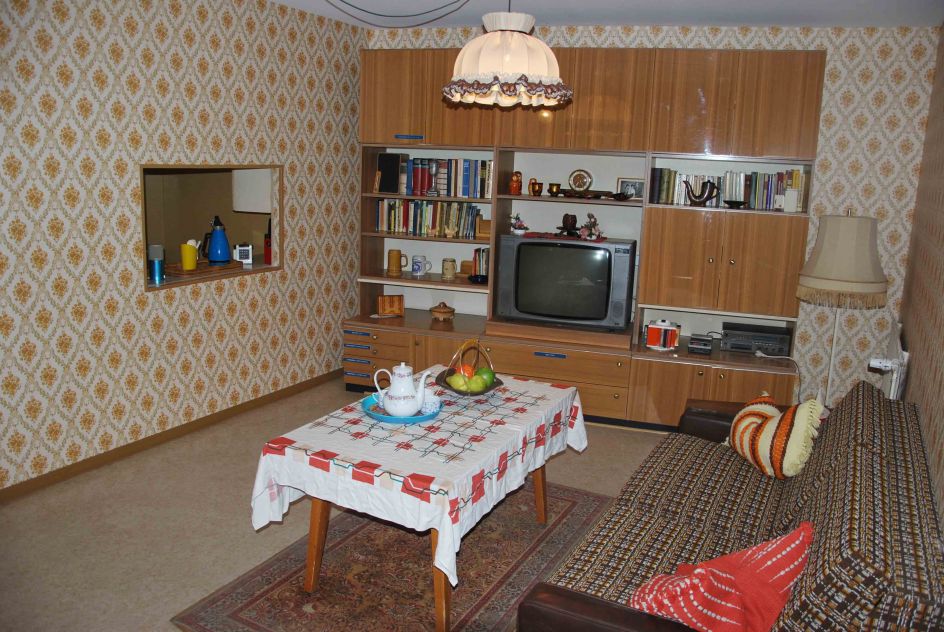
Source: DDR Museum, Berlin 2015
Daring artistic leaps or innovations were given no room to develop. Not a great surprise, considering that all wallpaper designs were created in the so-called "Volkseigene Betriebe (VEB)" - the "People's Enterprises" - as no private economy existed in the GDR. Consequently, designs were not attached to a name or a company, but to the "Institut für angewandte Kunst" (Institute of Applied Arts), founded by the Council of Ministers in 1954, which was responsible for designing "artefacts for the home". Those in power were trying to ideologically penetrate the creative field in order to ensure a unified socialist design concept.


This resulted in a problem typical for the industry of the GDR: "Due to the lack of direct contact to customers, the people's enterprises' designs more often than not ignored the true wishes of the people.", as author Phillip Springer says in his musings about the wallpaper factory in Schwedt, where 23% of wallpaper production in the GDR took place during the 1970s.

Wallpaper was not an expression of lifestyle but a means to an end: to decorate the home and - within a fixed framework - to decide on the style of the décor. Patterns on textiles were extremely popular, e.g. on aprons, blouses, tablecloth or bedding. Perhaps this was an attempt to introduce some colour into an otherwise monotonous life. Looking at old photographs of GDR citizens in their homes, a certain chaotic backdrop of patterns and ornaments cannot be denied. Clothing, home accessories and walls seem to vie for the beholder's attention.
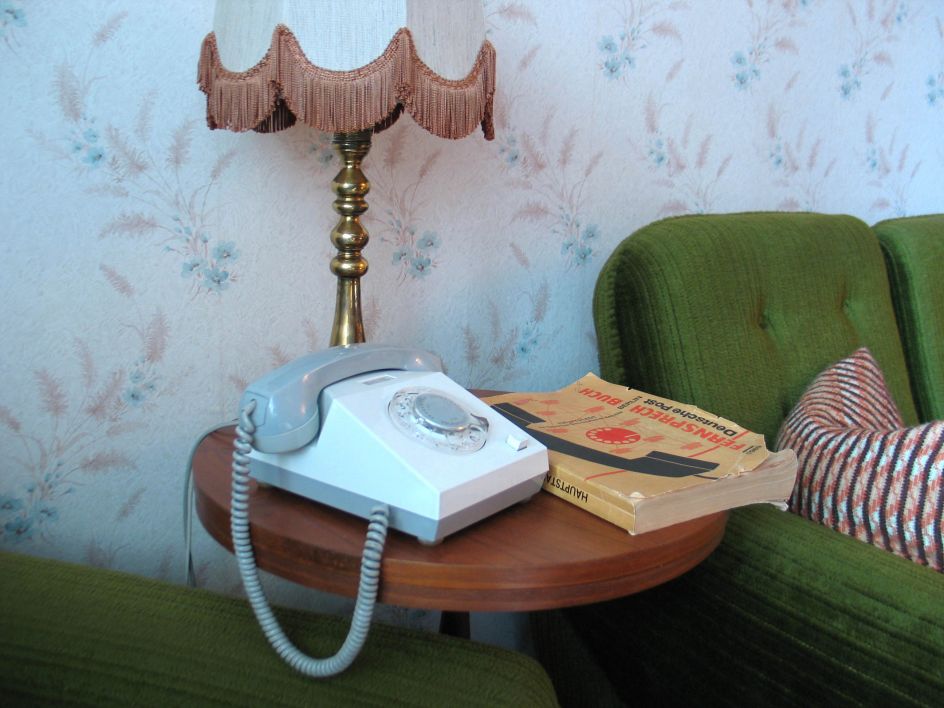
Today, these wall designs might trigger mixed emotions in someone who used to face these surroundings day to day. To those who never lived in or even visited the GDR, they might seem quite exotic.
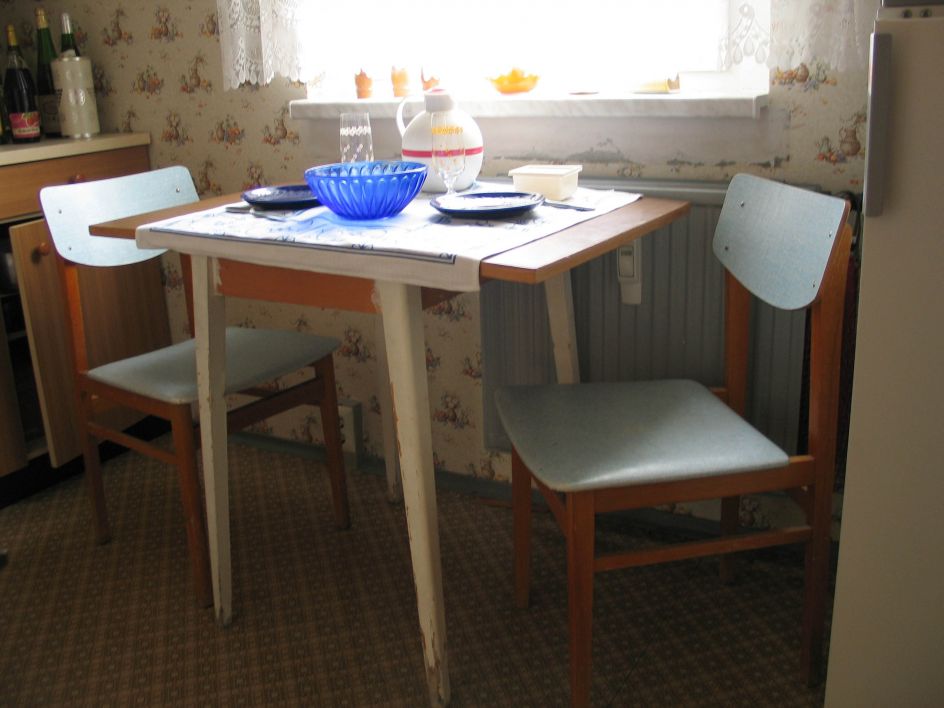
Nevertheless, not everything needs to be labelled "innovative" or "new". The retro trend proves that certain styles are worthy of being rediscovered and resurrected. And who can say whether these types of patterns would even be created under today's circumstances? The Zeitgeist is constantly evolving, but it is conserved in these specific designs. That is one thing we can thank the GDR for. Some of their wallpapers are now true design classics! How fortunate that they didn't disappear along with the GDR regime.
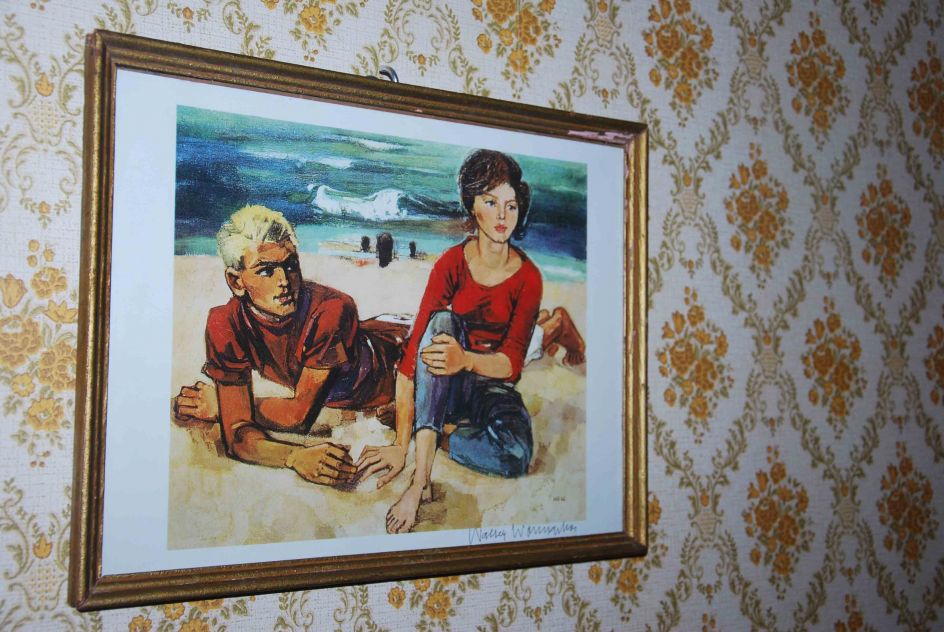
Text: szim


